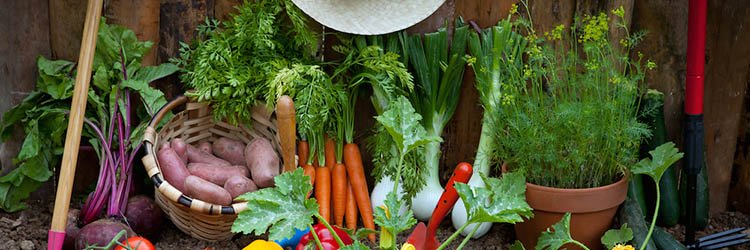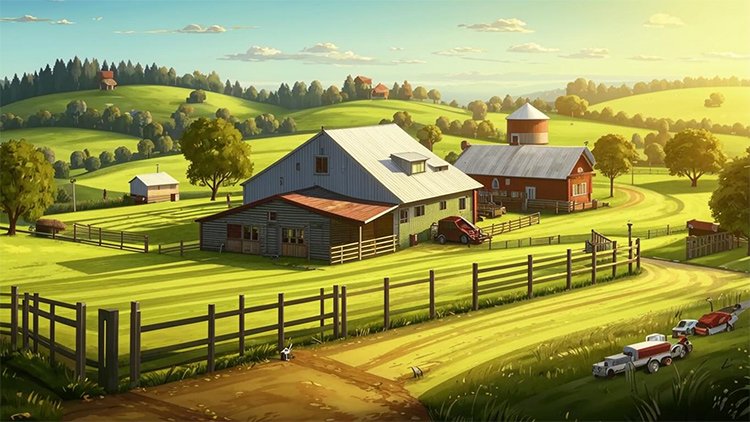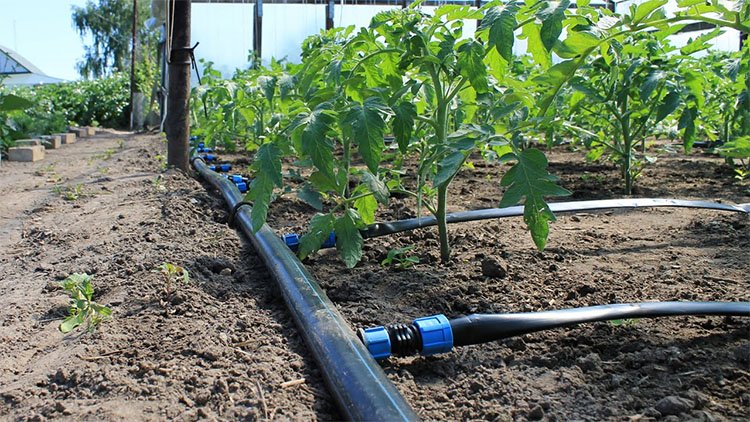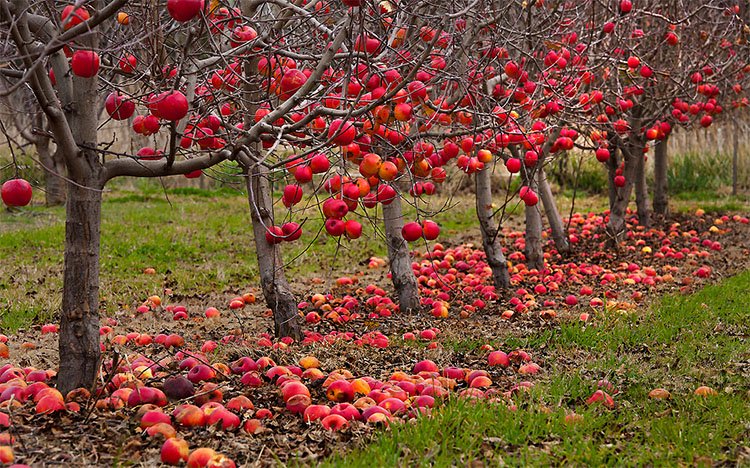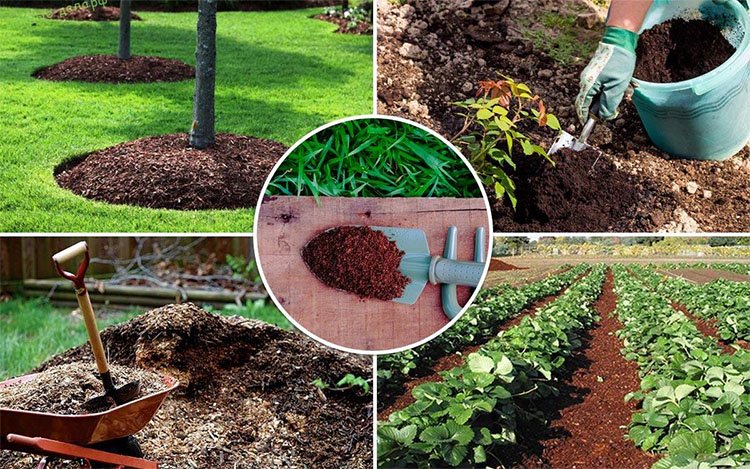Agricultural Landscape in Canada: A Tapestry of Farms and Innovation

Canada's vast and diverse landscape is home to a thriving agricultural sector, playing a crucial role in the nation's economy and food security. From the rolling prairies of the west to the fertile fields of the east, Canadian farmers dedicate themselves to producing a wide variety of crops and livestock, feeding not only Canadians but also the world.
A Vast and Varied Land: The Foundation of Canadian Agriculture
Canada's agricultural industry is defined by its immense scale and diversity. With over 67 million hectares of farmland, the country is one of the world's largest producers of agricultural commodities. The Canadian Prairies, known as the "breadbasket of Canada," are renowned for their vast wheat fields, while the eastern provinces excel in dairy production, horticulture, and fruit farming. The country also boasts a significant livestock industry, with cattle, hogs, and poultry raising contributing significantly to the agricultural economy.
Technological Advancements: Shaping the Future of Farming
Canadian farmers are renowned for their adoption of cutting-edge technologies, constantly striving to improve efficiency and sustainability. Precision agriculture, a technology that uses sensors, data analysis, and automation to optimize farming practices, is gaining traction in Canada. Satellite imagery, drones, and smart farming systems are being utilized to monitor crop health, manage irrigation, and minimize environmental impact.
A Focus on Sustainability: Balancing Production with Environmental Responsibility
Sustainability is a core value in Canadian agriculture. Farmers are increasingly adopting practices that promote soil health, conserve water, and reduce greenhouse gas emissions. Organic farming, regenerative agriculture, and precision fertilization are some examples of sustainable practices gaining popularity. The Canadian government also plays a vital role in supporting sustainable agriculture through funding programs and policies.
Facing Challenges: Adapting to Climate Change and Market Volatility
Despite its strengths, Canadian agriculture faces challenges. Climate change is posing significant threats, with extreme weather events such as droughts and floods becoming more frequent. Farmers are adapting to these challenges by implementing drought-resistant crops, improving irrigation infrastructure, and adopting conservation practices.
The global market is also characterized by volatility and price fluctuations. Canadian farmers must navigate these challenges by diversifying their production, focusing on niche markets, and building strong relationships with international buyers.
A Look Ahead: Embracing Innovation and Collaboration
The future of Canadian agriculture is bright, driven by innovation, collaboration, and a commitment to sustainability. Farmers are increasingly collaborating with researchers, technology providers, and other stakeholders to develop new solutions. The focus on value-added products, direct-to-consumer marketing, and agritourism is also gaining momentum, creating new opportunities for farmers.
Canada's agricultural landscape is a testament to the resilience, ingenuity, and dedication of its farmers. By embracing technological advancements, prioritizing sustainability, and navigating challenges effectively, Canadian agriculture is poised for continued growth and success, ensuring food security for generations to come.
Please visit our Farming articles directory.
